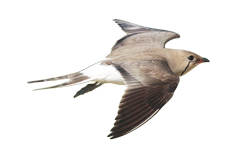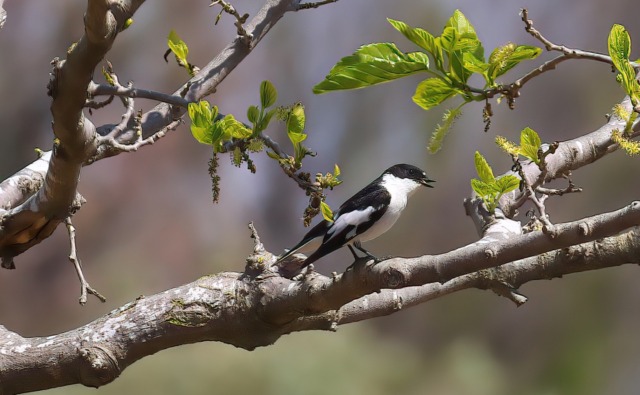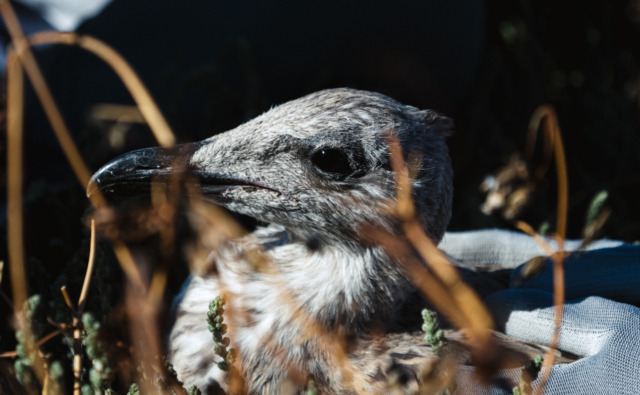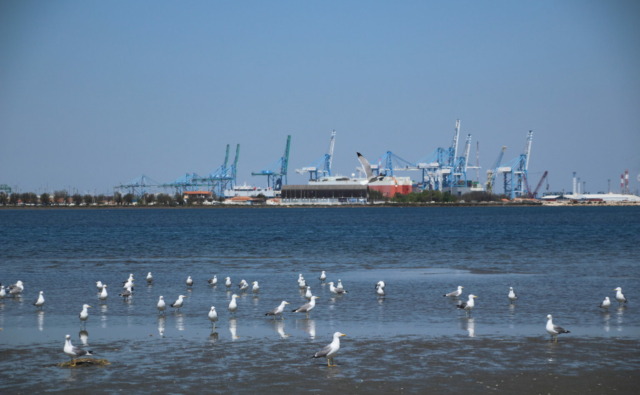Population genetics and major histocompatibility complex in the Greater Flamingo
Objectives
The overall aim of this project is to better understand the population structure of Greater Flamingos in terms of several genetic markers, and to explore the links between this structure and the population dynamics of this species. We are currently conducting the first study in a natural habitat on the interactions between the genes of the major histocompatibility complex (MHC), the prevalence of pathogens, the gastro-intestinal bacterial community, the flamingos’ selective value, and their dispersal capacity, based on Tour du Valat data on the Greater Flamingo. Our findings will enable us to better understand the role played by birds in spreading pathogenic agents.
Actions and methodology
We analyse the effect of local environment and long-distance dispersion on the diversity of gastro-intestinal bacterial communities and the MHC of flamingos in the Mediterranean Basin. We are seeking to identify the links between the MHC and the traits associated with the fitness of individuals. We are also studying the combined effects of variation in the MHC and parasite loads on the long-distance dispersal of juveniles and breeding individuals, for flamingos born in the Camargue.
Results
Based on the sequencing of neutral markers (mitochondrial and microsatellite DNA), we showed that Mediterranean flamingos belong to a single population, and that the Greater Flamingo comes from a single phylogenetic line. We also showed highly diverse MHC for a non-passerine species.
You can support this programme by adopting a Flamingo (click here).
Team
- Project leader: Arnaud Béchet
- Staff involved: Mark Gillingham (post-doc at the University of Ulm, Germany), Antoine Arnaud
- Date of project: Since 1977
Partners
Technical partners
- CNRS – Centre d’écologie fonctionnelle et évolutive (CEFE) Montpellier
- Laboratoire Biogéoscience, Université de Bourgogne
- Ulm University (Germany)
Financial partners
Publications
- Geraci J., Béchet A., Cézilly F., Ficheux S., Baccetti N., Samraoui B., Wattier R. 2012. Greater flamingo colonies around the Mediterranean form a single interbreeding population and share a common history. Journal of Avian Biology 43:341–354.
- Gillingham M.A., Cézilly F., Wattier R., Béchet A. 2013. Evidence for an Association between Post-Fledging Dispersal and Microsatellite Multilocus Heterozygosity in a Large Population of Greater Flamingos. PloS one 8:e81118.
- Gillingham M.A.F., Béchet A., Courtiol A., Rendón-Martos M., Amat J.A., Samraoui B., Onmuş O., Sommer S., Cézilly F. 2017. Very high MHC Class IIB diversity without spatial differentiation in the mediterranean population of greater Flamingos. BMC Evolutionary Biology [Internet] [cited 2017 Mar 1]; 17. doi: 10.1186/s12862-017-0905-3
- Gillingham M.A.F., Béchet A., Geraci J., Wattier R., Dubreuil C., Cézilly F. 2012. Genetic polymorphism in dopamine receptor D4 (DRD4) affects early body condition in a large population of greater flamingos, Phoenicopterus roseus. Molecular Ecology 21:4024–4037.
- Gillingham M.A.F., Courtiol A., Teixeira M., Galan M., Bechet A., Cezilly F. 2016. Evidence of gene orthology and trans-species polymorphism, but not of parallel evolution, despite high levels of concerted evolution in the major histocompatibility complex of flamingo species. Journal of Evolutionary Biology 29:438–454. doi: 10.1111/jeb.12798
- Torres C.R., Ogawa L.M., Gillingham M.A., Ferrari B., van Tuinen M. 2014. A multi-locus inference of the evolutionary diversification of extant flamingos (Phoenicopteridae). BMC Evolutionary Biology 14:36.
Vous souhaitez soutenir ce projet ? Vous le pouvez grâce au parrainage des flamants roses !



